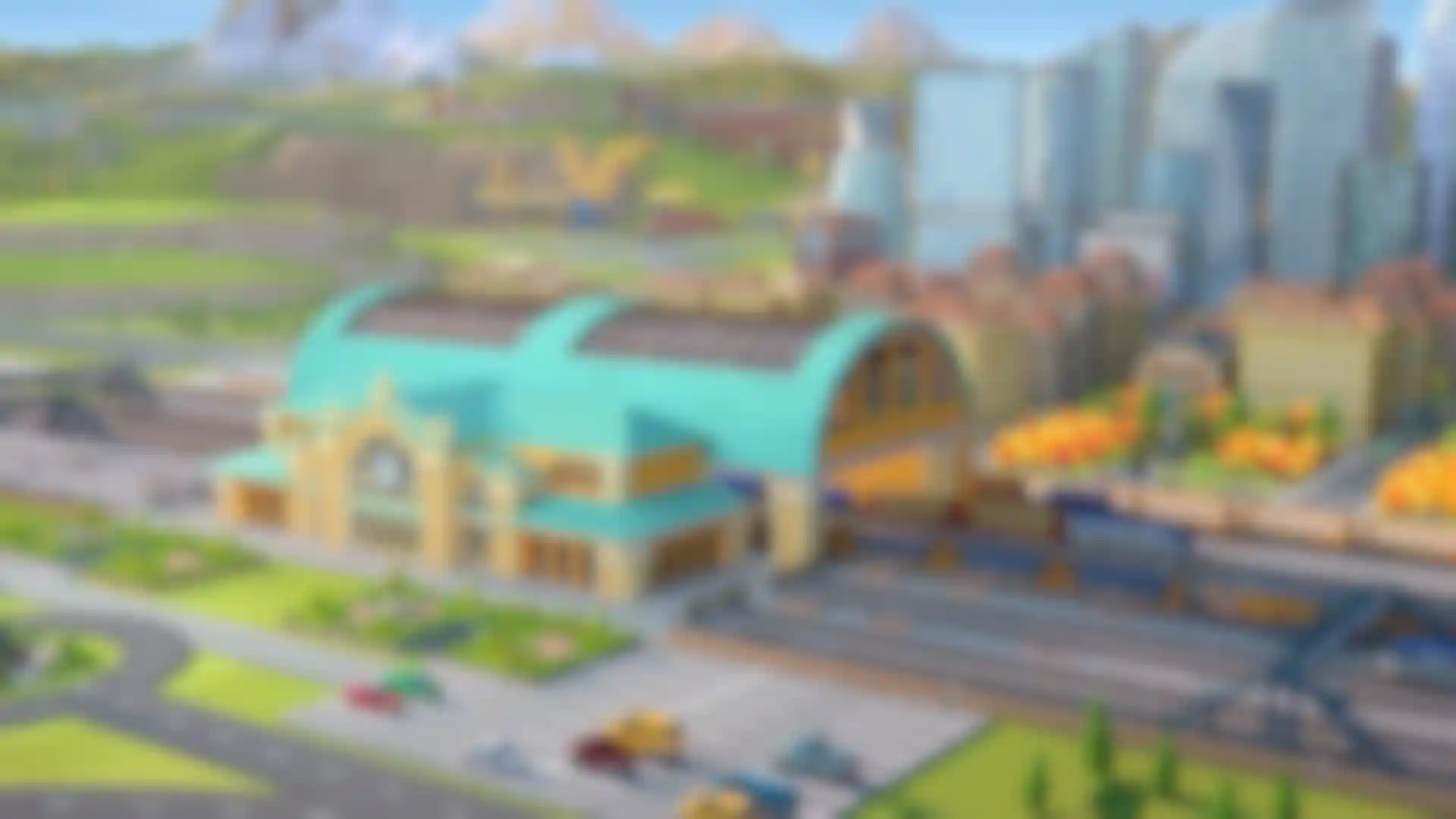
Games That Build Community How mobile game studio Pixel Federation used Cinema 4D and Octane to promote ‘TrainStation 2.’
Welcome to the world of Pixel Federation free-to-play game developer based in Slovakia who’s writing their own rules for cultivating a true sense of community amongst their audience.
Their business model is simple; listen to your audience and make the games they want to play, and that’s just what they’ve done with ‘TrainStation 2.’ A sequel to their popular station simulation building game, ‘TrainStation 2’ is a beautifully rendered 3D look at world building and the potential of mobile gaming.
We spoke with Pixel Federation Motion Designer Peter Kmet about how their team used Cinema 4D, Octane, Photoshop and After Effects to create a TV spot for their beloved game.
Tell us about yourself, Peter:
Kmet: I’m a senior motion designer with a passion for simulations, 3D art and cooking Italian food. I studied multimedia technologies, worked for a non-profit organization, freelanced and later found home in the Pixel Federation marketing department.
That department has its own creative team dedicated to creating 2D and 3D content to advertise our games and, I must say, it is a privilege to see the results of our team's work.
Talk about how “TrainStation 2” came to be?
Kmet: In the mobile games area, available technology — device processing power, platform, game engine, internet accessibility, etc. — is the canvas that sets boundaries and limitations while also providing opportunities that you can discover.

This is our sequel to “TrainStation 1,” a desktop game that was later released for mobile using Flash. We needed to move on because Flash was no longer supported, so this was a great opportunity to look at what could be done better on a fresh, clean canvas.
Describe the visuals of the game.
Kmet: It was a journey. Lukas Varmus, former art director of “TrainStation 2,” and Šimon Šicko, one of the company’s founders, did a fantastic job and found the right way. Big kudos to them and the whole team.
Of course, it did not come easy. One of the key questions we had to answer was whether to use textures or vertex color. Textures allow more details and can be changed without touching asset topology, but they take more data space. And in the mobile game industry, you’re always working within limits.

Vertex color stores color information directly in assets geometry, but if you want a logo on your train you need to model it, which also increases data. So, after many tests and experiments, we chose the vertex color approach with minimal use of textures for details.
I love in-game events where the team always surprises me with their creativity — dino-parks, steampunk city, little deer on the map, they put lots of love into what they do.
Tell us about your workflow and the tools you used.
Kmet: I always try to use the right tool for the job. Cinema 4D was the first 3D software I learned to use, and I use it as a safe ground and hub to get things to come together. As an idea is being born, I usually do some pre-visualization and animation in C4D, then draw it using Photoshop for storyboard purposes and communicating ideas to others.

Octane is fast and powerful, and I often worked only with wireframe view. But I appreciate the ability to see scenes with lights almost in real time, which helps with making creative decisions tremendously. As a motion designer, After Effects is always a natural choice and, thanks to Lukas Plechlo, we create our own custom scripts.
Where can people get “TrainStation 2?”
Kmet: It’s available on Google Play and the Apple store. And the newest information about events and special packs, can be found on our Facebook page where our train lover community lives.
What’s next for the team at Pixel Federation?
Kmet: More games and fun of course! Currently we are working on several new prototypes, but I can’t talk about them yet except to say that they are similar to “TrainStation 2,” in that they’re beautiful and fun. The mobile game industry is very vivid and versatile, so you need to be agile and move quickly but you need to be wise and not run after every bunny you see.